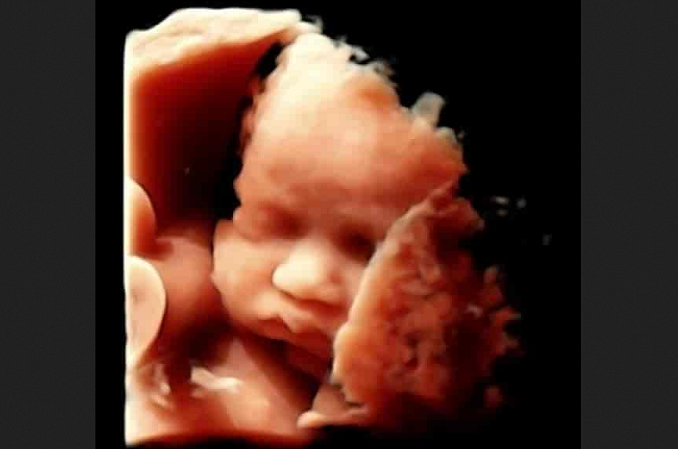Last week, the pro-abortion research group that Guttmacher Institute released new abortion data for 2020. The data are broadly consistent with recent data from the Centers for Disease Control, which also show an uptick in the incidence of abortion in the U.S.
The new Guttmacher data suggest that the abortion rate increased by approximately 7 percent between 2017 and 2020. The increase was fairly widespread, as 28 states reported an increase in the abortion rate over this time period. That said, there was more variance in state abortion-rate fluctuations than is typical. Some states experienced large abortion-rate declines due to abortion facility closures, while others experienced substantial abortion-rate increases due to a rise in women obtaining abortions from out of state.
Unsurprisingly, Guttmacher’s analysis blames the abortion-rate increase partially on the Trump administration’s Protect Life Rule, which prevented recipients of Title X family planning grants from co-locating with abortion facilities or from referring women to get abortions. However, this likely wasn’t the cause of the increase, because the abortion rate started to increase before 2019, which is when Planned Parenthood withdrew from the federal Title X program.
A more likely culprit for the increase is the long-term increase in chemical abortions. According to Guttmacher’s most recent data, 54 percent of all U.S. abortions were chemical abortions in 2020. Abortion facilities and advocacy groups fought to make chemical abortions more widely available during the Covid-19 pandemic, and for part of 2020, a judicial ruling had suspended federal rules requiring women have an in-person medical exam before obtaining a chemical abortion, a change that allowed women to obtain chemical-abortion drugs through the mail.
LifeNews is now on TruthSocial. Please follow us here.
In addition, the pandemic may have contributed to an increase in the abortion rate in other ways. Financial pressure may have caused some women to seek abortions, while other pregnant women may have sought abortions because they were unwilling to visit physicians or other medical professionals during a global pandemic, as continuing a pregnancy would require.
Another key factor behind this increase is the fact that many states have been working to make their abortion policy more permissive. In 2018, Illinois started funding abortion through their state Medicaid program. Between 2017 and 2020, the abortion rate in Illinois increased by 28 percent, though part of the increase was likely due to women from other states traveling to obtain an abortion in Illinois. Similarly, in 2019, Maine enacted legislation requiring its state Medicaid program to cover elective abortions. Unsurprisingly, the abortion rate in Maine increased by about 16 percent between 2017 and 2020.
Despite this recent increase in the incidence of abortion, it is important to remember that pro-lifers have enjoyed impressive, long-term success in reducing the U.S. abortion rate. Between 1980 and 2020, the U.S. abortion rate fell by more than 50 percent. According to Guttmacher’s own data, an important reason for this reduction is that a higher percentage of women are carrying unintended pregnancies to term. Between 1990 and 1994, 50 percent of unintended pregnancies were aborted. That figure fell to 34 percent between 2015 and 2019. This shows how effective pro-life educational, service, and legislative efforts have been. Furthermore, a favorable ruling in Dobbs in the coming weeks will give pro-lifers even more legislative opportunities to build a culture of life.
Find your local pregnancy center here or call 877-791-5475.
LifeNews Note: Michael New is a research associate at the Busch School of Business at The Catholic University of America and is an associate scholar at the Charlotte Lozier Institute. he is a former professor at Ave maria University and University of Michigan, Dearborn.








